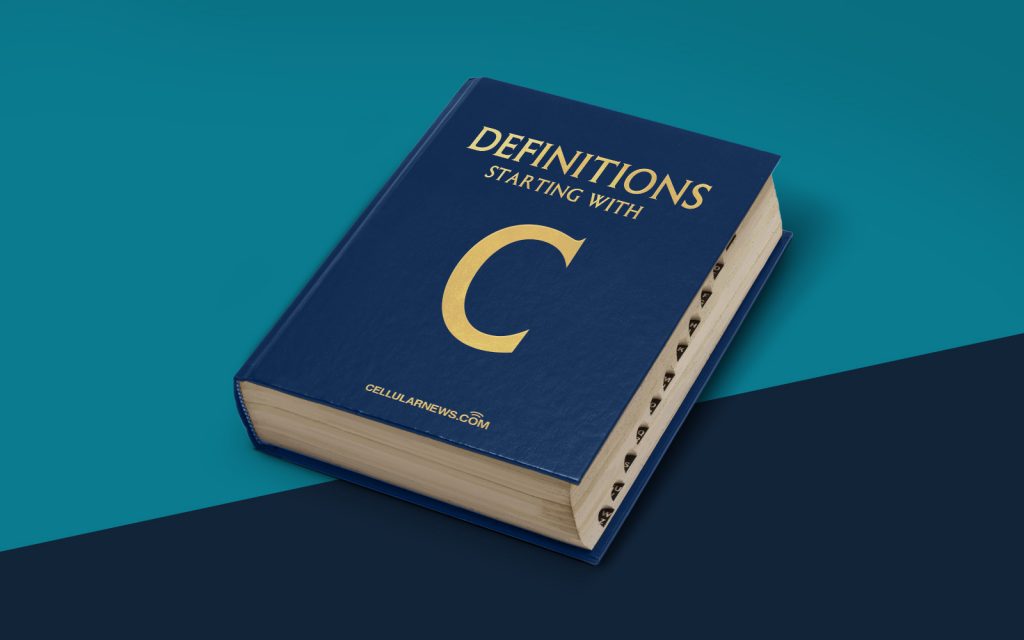
What is Color Saturation?
Have you ever wondered why certain colors appear more vibrant and intense than others? The answer lies in a property of color called saturation. In simple terms, color saturation refers to the intensity or purity of a color. It determines how bright or dull a color appears to the human eye. Understanding color saturation can be crucial for designers, artists, and even photographers who want to create visually impactful and harmonious compositions.
Key Takeaways:
- Color saturation refers to the intensity or purity of a color.
- High color saturation indicates vibrant and intense colors, while low saturation implies more muted or subdued colors.
Color saturation is a fundamental concept in the world of color theory. It plays a vital role in various fields, from graphic design to interior decor. To understand color saturation better, let’s take a closer look at how it works and how it can be visually represented.
How Does Color Saturation Work?
At its core, color saturation is influenced by the amount of gray present in a color mixture. When a color is fully saturated, it means that it contains no gray or any other hues. In contrast, desaturated colors have gray added to them, which reduces their intensity.
Color saturation is commonly illustrated using a color wheel. The color wheel represents the full spectrum of colors, with hues arranged in a circular pattern. Colors in their purest form, without any gray added, are located along the outer edge of the wheel and are considered highly saturated.
On the other hand, as you move closer to the center of the color wheel, the colors become less saturated, appearing duller or grayer. These desaturated colors are often referred to as “pastels,” which have a soft and muted appearance.
Applications of Color Saturation
The concept of color saturation is not only a theoretical concept but also has significant practical applications. Here are some areas where an understanding of color saturation is essential:
- Graphic Design: Designers use color saturation to create visually appealing compositions and convey different moods or emotions. High saturation colors can evoke excitement and energy, while low saturation colors can create a sense of calmness and tranquility.
- Photography: Photographers use color saturation to enhance the visual impact of their images. Adjusting the saturation levels can bring out the vibrancy of the subject or create a vintage aesthetic by desaturating certain colors.
- Marketing and Advertising: Understanding color saturation helps marketers create impactful advertisements that grab attention and convey the desired message. Different industries often associate specific color saturations with their brand identity.
By consciously choosing and manipulating colors with varying saturation levels, professionals in these fields can not only create visually appealing designs but also effectively communicate with their target audiences.
Experimenting with Color Saturation
If you’re interested in exploring the effects of color saturation, there are several ways to experiment and have fun with it:
- Play around with photo editing software to adjust the saturation levels of your images.
- Create color palettes using different saturation levels to see how they evoke different emotions or moods.
- Observe color saturation in your surroundings and analyze how it makes you feel and perceive your environment.
Remember, understanding color saturation is all about grasping the impact and psychological effect it has on our perception. By becoming more familiar with color saturation, you can expand your creative options and create visually captivating designs, photographs, and artworks.
So, next time you’re choosing colors for your project or admiring a stunning photograph, take a moment to appreciate the power of color saturation and the role it plays in creating visual magic.
